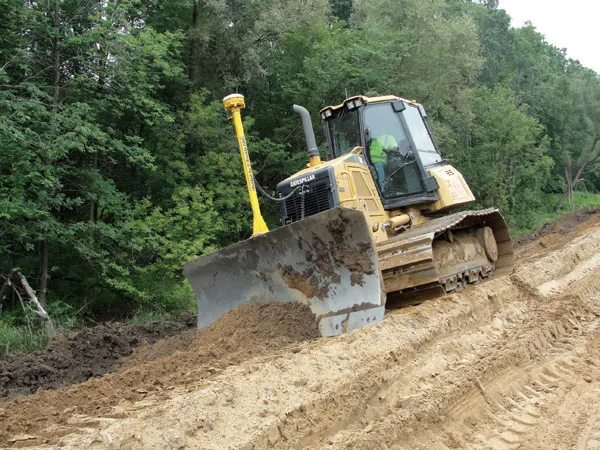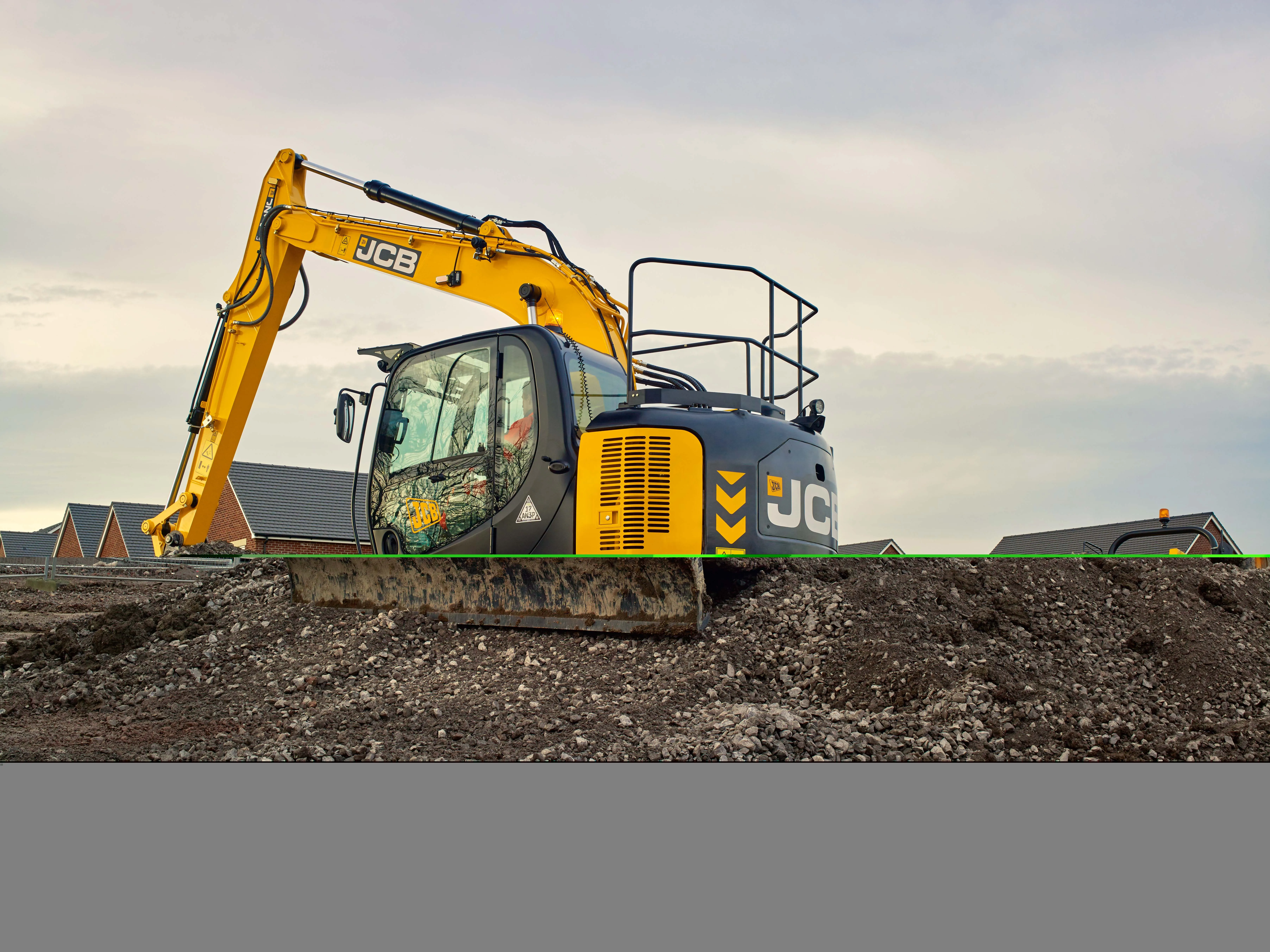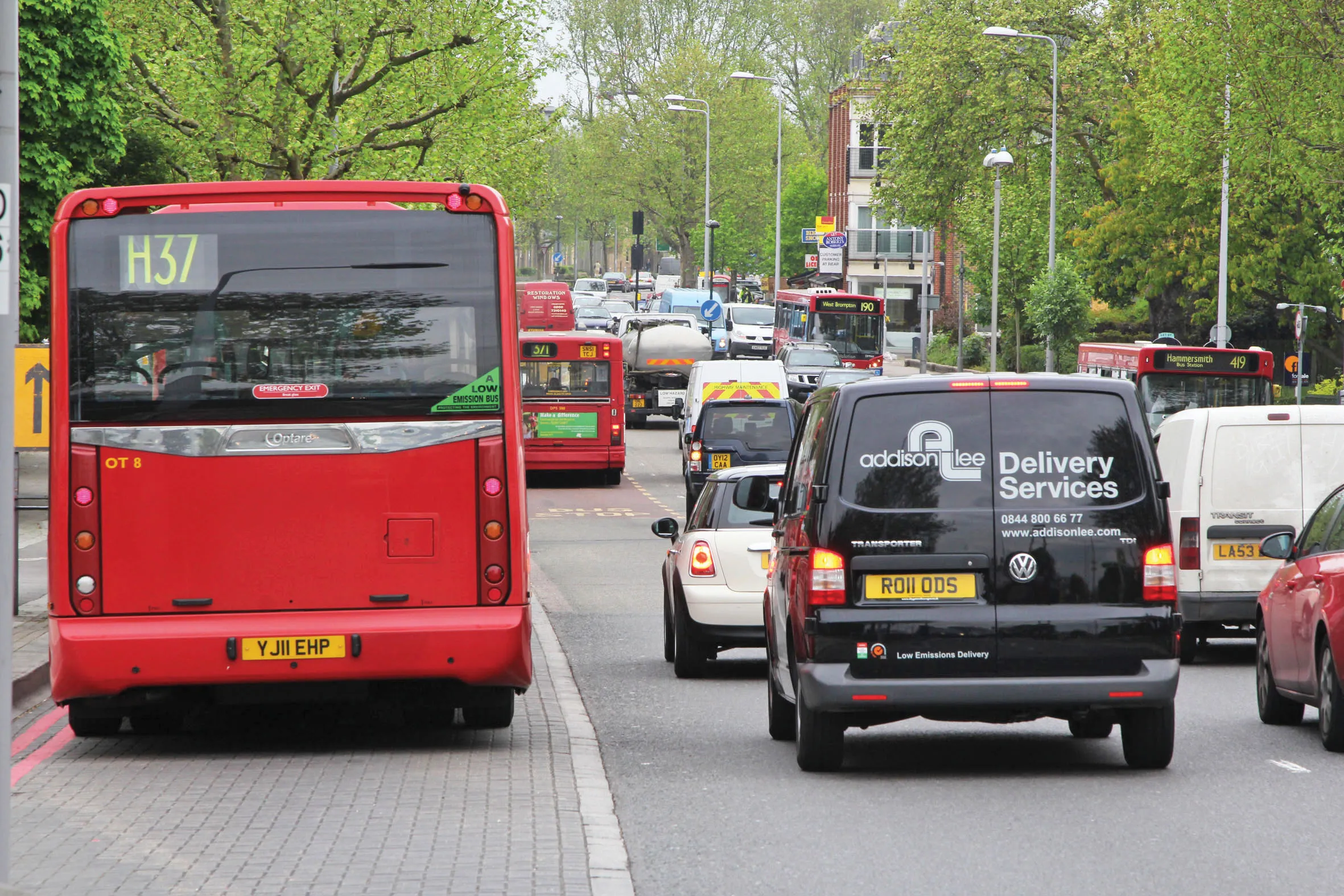The use of GPS machine control on sub-base has improved final rideability on a major highway reconstruction project. Innovative construction techniques have helped to upgrade a 9.6km stretch of the 307km long I-96 highway in the US state of Michigan. The Michigan Department of Transportation (MDOT) project was initiated in the third quarter of 2009 and was completed in the fourth quarter of 2010. Interstate Highway Construction acted as general contractor on the project, which included widening the shoulder
February 14, 2012
Read time: 4 mins

The use of GPS machine control on sub-base has improved final rideability on a major highway reconstruction project
Innovative construction techniques have helped to upgrade a 9.6km stretch of the 307km long I-96 highway in the US state of Michigan.The
Interstate Highway Construction acted as general contractor on the project, which included widening the shoulders, updating a rest area parking lot and its exit, and reconstructing six ramps, including the two connected with the rest area.
Kalin Construction removed 203mm of continuous-reinforced concrete, which had a 102mm asphalt overlay according to the firm's project manager on the job Mark Bruzek. The concrete was then crushed in a portable plant and re-used on the site. The reinforcing wire mesh and the asphalt that was planed off with the company's
The plan called for widening the shoulder from 1.52m inside, 2.13m outside to 3.66m inside and 3.66m for the outside shoulder according to Bruzek. To undercut and widen the highway shoulders the firm used Cat D6N and D6K dozers equipped with
According to Bruzek, Trimble technology has been instrumental in helping Kalin maintain the tight schedule, even with the wet weather conditions. This equipment cut the on-site surveyor's time in half and eliminated most of the staking and stringlines. The firm was also able to reduce the survey team from three to two.
Kalin Construction has been using GPS and construction total station technologies since 2005, working with its local Trimble construction technology provider, SITECH Michigan. Before Kalin moved onto the site in force, Bruzek took the paper site plan prepared by MDOT and built a digital 3D model using Trimble Terramodel office software. He said that the digital plan allowed for greater detail and quality control of work on site.
Topographic data for the plan was confirmed and progress was monitored through Trimble site positioning system portable rovers, SPS880 and SPS882 Smart GPS Antennas paired up with TSC2 Controllers to measure, compute volumes, and use the digital 3D model that Bruzek generated.
Kalin Construction had two graders and three dozers working on the site, all of them equipped with Trimble GCS900 Grade Control Systems. Using the Trimble systems allowed the operator to get to grade faster, even with the complex I-96 designs according to Bruzek. He said that the on-board Trimble CB430 Control Box was used to determine the position of each tip of the motor grader or dozer blade and compare it to the design elevation to compute cut or fill to grade. The cut/fill data was then used to drive the valves for automatic blade control or passed to in-cab lightbars to provide visual guidance to the operator when using the indicate-only systems.
"One of our biggest challenges was to make sure we achieved the mandated grade with the 305mm sand base," Bruzek said. The firm had to move 138,000m3 of sand, so to achieve the expected +/- 12mm it relied on our Trimble total stations to achieve the fine-grade accuracy.
Kalin used both its SPS730 and SPS930 Universal Total Stations with feature Trimble MultiTrack technology to lock-on and track passive prisms for monitoring or controlling measurements, and active prism targets for dynamic measurements required for grade control.
After the sand base, Kalin Construction placed a 15mm open-graded drainage course using 4G-grade gravel, created on site from the company's crushing plant recycling the old concrete. The company had used its Impact Roller Technology Impactor 2000 for breaking up the concrete into 457mm pieces, which were small enough to feed the crushing plant.
The completed work was so good that it helped boost the overall rideability of the upgraded road section. And Kalin fully intends to use the same technology on other projects in the future.









